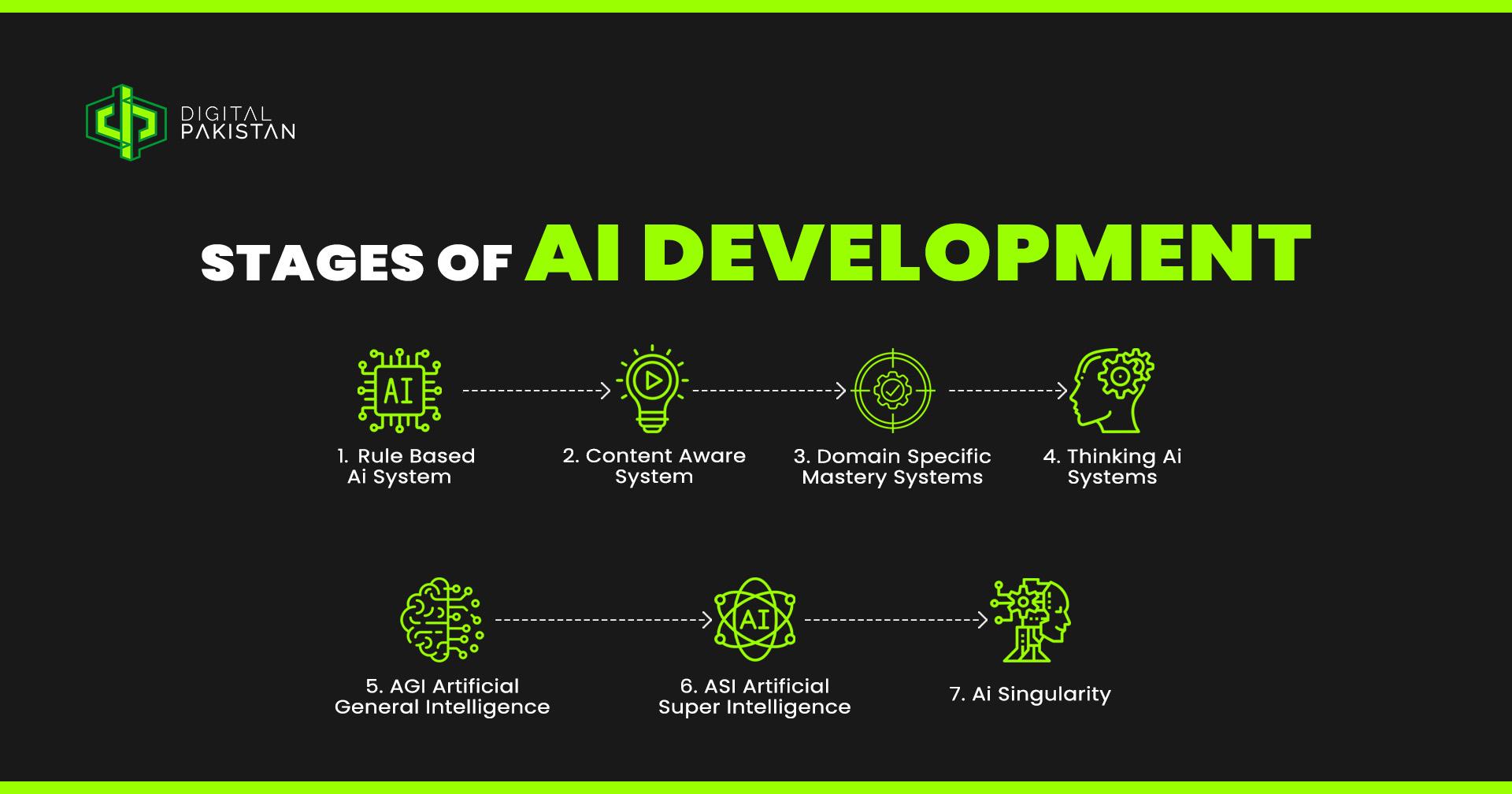As artificial intelligence (AI) continues to revolutionize our daily lives, the implications of this technology are becoming increasingly profound. A leading voice in the field recently emphasized that AI’s impact may surpass that of historical advancements like fire and electricity. This perspective raises critical questions about the direction of AI development and its influence on the future. In an era where technology evolves at an unprecedented pace, understanding AI’s journey is essential. Starting from basic rule-based systems—like robotic vacuum cleaners—to more sophisticated domain-specific applications, AI is progressing through distinct stages. This article will explore the seven key stages of AI development, shedding light on what they entail and what the future may hold, with the last stage expected to provoke considerable surprise. As we navigate this interesting landscape,staying informed is crucial for adapting to the rapidly changing technological environment.
The Evolution of AI: From Rule-Based Systems to Contextual Awareness
AI’s journey has transitioned from initial frameworks that operated strictly on predefined rules,which often limited their functionality and adaptability,to systems that demonstrate a remarkable degree of contextual awareness. Early AI applications followed a linear path, often functioning like programmable machines that required explicit instructions for every eventuality. This approach lacked the adaptability to handle unexpected scenarios, leading to static interactions.In contrast, contemporary AI frameworks leverage advancements in machine learning and natural language processing, facilitating a more dynamic engagement with users and environments. By learning from data patterns and contextual cues, these systems can analyze complex inputs, enabling them to deliver responses tailored to real-world situations.
As AI evolves toward greater contextual awareness, its applications are becoming both broader and deeper across various sectors. This transformational shift is characterized by several pivotal developments:
- Adaptive Learning: AI algorithms are now capable of improving their performance based on user interactions.
- Natural Language Understanding: Enhanced capabilities allow for seamless dialogue between humans and machines.
- Predictive Analytics: AI can forecast trends by synthesizing vast datasets, influencing decision-making in fields like finance and healthcare.
Such advancements illustrate the technology’s potential to not only automate routine tasks but also enhance human decision-making, fundamentally altering industries in the process.
Understanding the Early Stages of AI: Key Features and Limitations
The initial phase of artificial intelligence development is characterized by fundamental systems that primarily rely on pattern recognition and basic algorithms. These early technologies, frequently enough known as narrow AI, display rudimentary decision-making abilities, functioning within limited domains. Early applications, such as chatbots or simple suggestion systems, could perform specific tasks but lacked the capability to understand or learn beyond their programmed parameters.The simplistic nature of these systems resulted in significant limitations, including a struggle to grasp nuanced contexts and an inability to adapt to unforeseen scenarios. This rigidity frequently enough led to user frustration, as these early AI systems did not possess the sophistication necessary for dynamic interactions.
Despite their constraints, early-stage AI technologies laid the groundwork for subsequent advancements through their incorporation of machine learning principles and foundational principles in computing. As these systems evolve,several hallmark features distinguish their development trajectory:
- Data Dependence: The effectiveness of these early AI models heavily relied on the quantity and quality of data available for training.
- Static Learning Capabilities: Early AI lacked the mechanisms to learn from real-time user interactions, which restricted their functional growth.
- Limited Generalization: The ability to apply knowledge across different contexts was minimal, confining these systems to specific tasks only.
Such features highlight both the promise and the inherent challenges that marked the nascent stages of artificial intelligence, ultimately setting the stage for more sophisticated technological iterations. Each challenge faced spurred innovation,paving the way for the development of increasingly complex AI frameworks.
The Role of Context Awareness in Advancing AI Technology
Incorporating contextual awareness into artificial intelligence has fundamentally transformed how systems operate and interact with their environments. This evolution signifies a leap beyond merely executing predefined tasks, allowing AI to anticipate user needs and respond more intelligently. For instance, today’s virtual assistants utilize contextual data such as location, time, and user preferences to provide tailored recommendations and services. This integration fosters a more intuitive user experience, making interactions with AI more relatable and effective. Moreover, as these technologies harness real-time information, there is a significant enhancement in personalized responses, enabling sectors ranging from e-commerce to customer service to optimize their offerings efficiently.
The implications of improved contextual understanding are widespread,influencing how AI is deployed across various domains.Key benefits include:
- Personalization: Systems can tailor content and suggestions based on individual user behavior and preferences.
- Proactive Engagement: AI can initiate interactions, providing timely assistance before users even express a need.
- Enhanced Decision-Making: Context-aware AI tools are aiding industries in making data-driven decisions with greater accuracy and speed.
As the technology matures, the interplay between contextual awareness and artificial intelligence will likely drive novel applications, creating opportunities for innovation that were previously unimaginable and reshaping user experiences in a meaningful way.
Future Implications: What Domain-Specific AI Means for Industries
The advent of domain-specific AI heralds a new era of specialization, where artificial intelligence is tailored to meet the unique demands of various industries. Such bespoke applications promise to revolutionize workflows by enhancing productivity and optimizing processes.Notably,sectors like healthcare,finance,and manufacturing are poised to benefit immensely from AI solutions that are designed with their specific contexts and challenges in mind. Key changes in these fields may include:
- Improved Diagnostic Accuracy: In healthcare, AI systems equipped to analyze patient data can lead to earlier detection of diseases and personalized treatment options.
- Financial Forecasting: Domain-specific algorithms can provide more precise predictions of market movements, greatly aiding investors and financial planners.
- Operational Efficiency: In manufacturing, AI can streamline supply chain management, reduce waste, and enhance quality control through real-time analytics.
As industries adopt these tailored AI solutions, a paradigm shift is expected in how organizations function. Companies are likely to see a significant reduction in manual processes, with intelligent systems augmenting human capabilities and allowing for a focus on strategic initiatives. This convergence of specialized AI with industry expertise can lead to:
- Innovation Acceleration: The rapid development of new products and services tailored to market needs.
- Cost Reductions: Enhanced efficiency resulting in lowered operational costs.
- Competitive Advantage: Organizations utilizing domain-specific AI may gain a substantial edge over competitors by leveraging technology that aligns closely with their operational demands.























